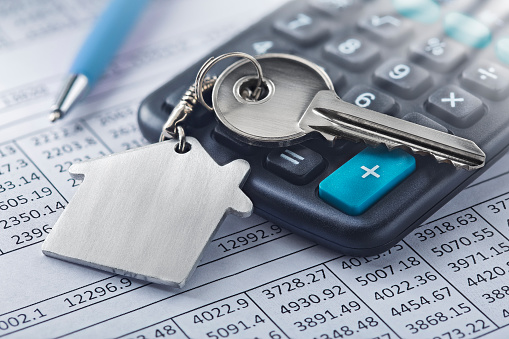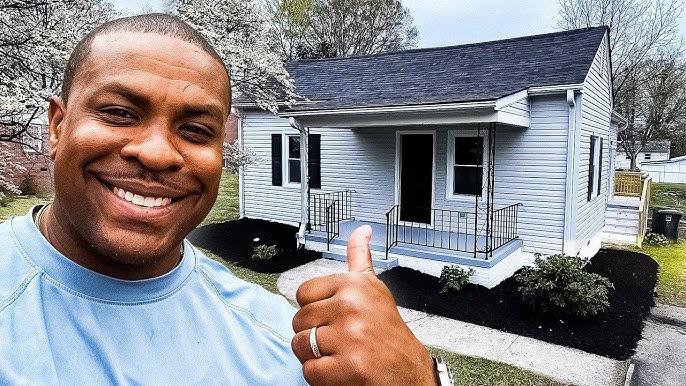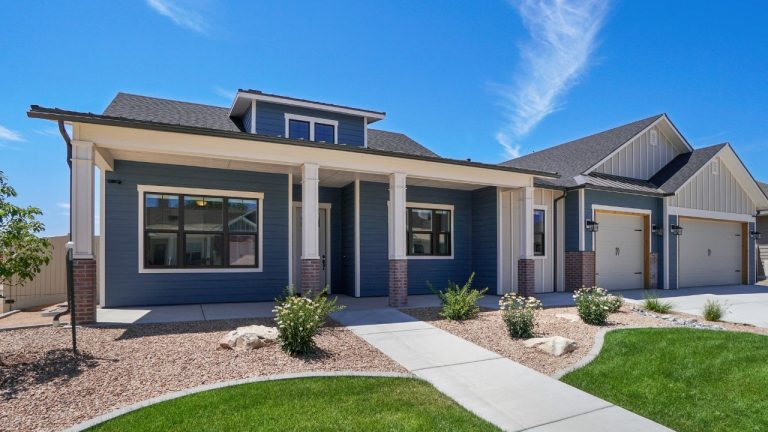How to Secure the Best Mortgage Rates Today
As someone who is looking to buy a home or refinance your current mortgage, you want to obtain the best mortgage rates possible. This way, you can save money on interest and secure lower monthly payments. But with so many lenders and rates available, it can be challenging to know where to start. In this article, I will guide you through the process of getting the best mortgage rates today.
Introduction to Mortgage Rates
First, let us understand what mortgage rates are. A mortgage rate is the interest rate charged by the lender on the amount borrowed to purchase or refinance a home. It is expressed as a percentage and can have a significant impact on your monthly mortgage payments and overall cost of borrowing.
Mortgage rates can fluctuate daily, weekly, or monthly, depending on various factors such as the economy, inflation, and lender policies. As a borrower, it is crucial to keep an eye on these trends and understand how they affect your mortgage rates.
What Affects Mortgage Rates?
Several factors impact mortgage rates, including:
Economy
The state of the economy has a significant impact on mortgage rates. When the economy is strong, lenders tend to increase interest rates to protect against inflation. Conversely, when the economy is in a recession, lenders may lower interest rates to encourage borrowing and stimulate the economy.
Inflation
Inflation is the rate at which the cost of goods and services increases over time. When inflation rises, lenders may increase mortgage rates to protect against the reduced value of their money.
Lender Policies
Each lender has its policies and criteria for setting mortgage rates. Some lenders may offer lower rates to borrowers with excellent credit scores or higher down payments. Others may offer better rates for shorter loan terms or adjustable-rate mortgages.
Understanding the Different Types of Mortgage Rates
Before you start shopping for mortgage rates, it is essential to understand the different types of rates available. These include:
Fixed-Rate Mortgages
A fixed-rate mortgage has an interest rate that remains constant throughout the loan term. This means that your monthly payments will not change, regardless of market fluctuations. Fixed-rate mortgages are ideal for borrowers who prefer predictability and want to avoid the risk of rising interest rates.
Adjustable-Rate Mortgages
An adjustable-rate mortgage (ARM) has an interest rate that changes periodically, usually after an initial fixed-rate period. ARMs typically have lower initial rates than fixed-rate mortgages, but they can increase over time, resulting in higher monthly payments.
Interest-Only Mortgages
An interest-only mortgage allows you to pay only the interest on the loan for a specified period, usually between five and ten years. After this period, you must start paying both the principal and interest, resulting in higher monthly payments.
Read More: 10 Reasons Why a Personal Loan Might Be the Best Option for Your Financial Needs
How to Get the Best Mortgage Rates
Now that you understand the factors that affect mortgage rates and the different types of rates available let us look at how to get the best mortgage rates:
Improve Your Credit Score
Your credit score is one of the most crucial factors that lenders consider when setting mortgage rates. A higher credit score indicates that you are a low-risk borrower and can qualify for lower rates. To improve your credit score, pay your bills on time, reduce your debt-to-income ratio, and dispute any errors on your credit report.
Save for a Higher Down Payment
A higher down payment can help you qualify for lower mortgage rates. Lenders usually require a down payment of at least 20% of the home’s purchase price to avoid private mortgage insurance (PMI) and qualify for the best rates.
Choose a Shorter Loan Term
Shorter loan terms, such as 15-year mortgages, usually have lower interest rates than longer terms such as 30-year mortgages. However, shorter terms also mean higher monthly payments, so be sure to choose a term that fits your budget.
Comparison Shopping for Mortgage Rates
Once you have taken steps to improve your credit score, save for a higher down payment, and determine your ideal loan term, it is time to start shopping for mortgage rates. Here are some tips to help you compare rates:
Check Multiple Lenders
Compare rates from at least three different lenders to get an idea of the average rates in your area. You can also use online comparison tools to make the process easier.
Consider Closing Costs
In addition to interest rates, you should also compare closing costs, which can vary significantly from lender to lender. Be sure to ask for a Loan Estimate (LE) from each lender, which will outline all the costs associated with the loan.
Ask About Discount Points
Some lenders may offer discount points, which are upfront fees that you can pay to reduce your interest rate. Be sure to ask about discount points and whether they are worth the cost.
How to Negotiate Mortgage Rates
Finally, it is essential to know how to negotiate mortgage rates effectively. Here are some tips:
Use Your Research
Bring the rates you have collected from other lenders to the table when negotiating. This can help you negotiate for a better rate or closing costs.
Be Willing to Walk Away
If a lender is unwilling to match or beat the rates you have found elsewhere, be prepared to walk away. There are plenty of other lenders who may be willing to offer better rates.
Conclusion:
In conclusion, securing the best mortgage rates today requires research, preparation, and negotiation skills. By improving your credit score, saving for a higher down payment, and shopping around for rates, you can increase your chances of getting the best rates possible. Remember to compare closing costs, ask about discount points, and be willing to walk away if necessary. With these tips, you can maximize your savings and achieve your dream of homeownership.







